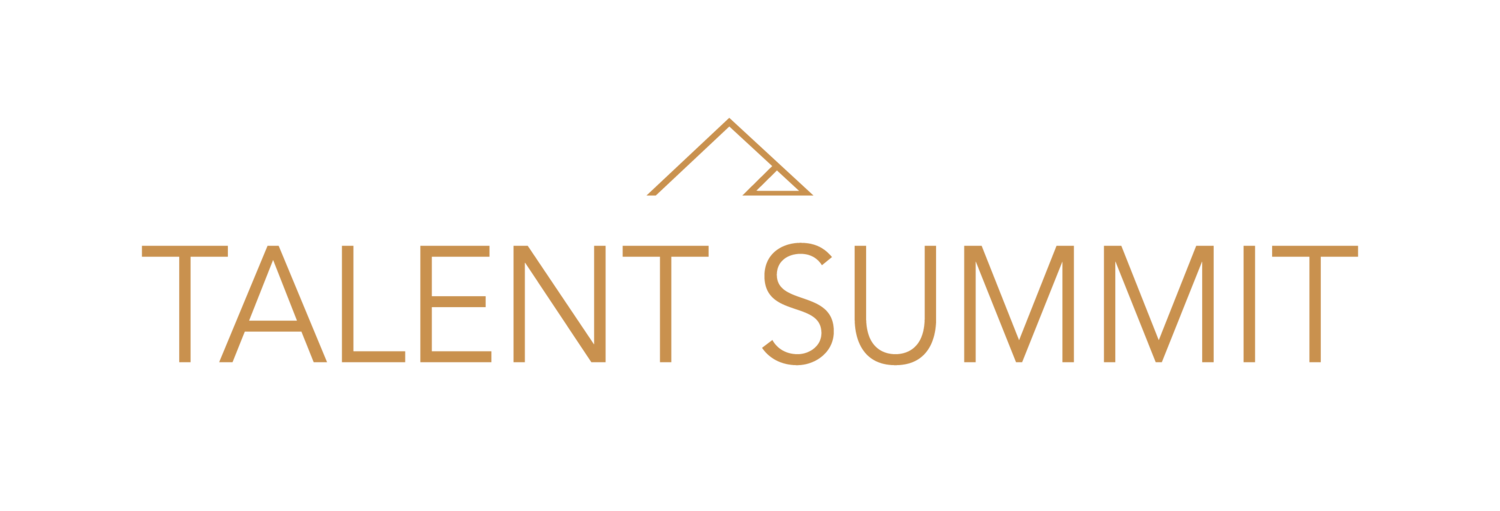Employee Experience Myth Busting
By Workvivo
If people are your biggest asset (and trust us, they are), their experience while working for you is crucial to your company’s success. If humans are your most important resource (and the secret sauce of every successful CEO that ever wrote a book), then keeping your people happy, committed, and motivated is key.
That’s why a positive employee experience is the most important lever in retaining talent, improving the customer experience, and boosting company performance.
Employee experience has become a bit of a buzzword in recent years, but it’s no passing fad. Despite reports of what some are calling the Great Regret, we’re still feeling the ripple effects of the Great Resignation – a mass exodus of people from their jobs the likes of which we have never seen before – such as quiet quitting.
And an employee’s experience is a key driver in whether they decide to stay or go (whether it be physically or mentally). In 2022, poor work-life balance and manager behavior were two of the top reasons people were choosing to quit.
So, what actually is it? The employee experience hinges on what people expect from their workplaces. Historically, expectations have centered around salary, opportunities for career growth and professional development, and benefits like health insurance and a pension.
Now, workers expect more than the basics like bonuses and tokenistic treats like ping-pong tables (does anyone actually like ping pong? Or are we just assuming hoping everyone else’s hand-eye coordination is as bad as ours?)
Their priorities have shifted; they want to be inspired and cultivate meaningful workplace relationships. That’s why human connection and compassion are so critical: employees seek a sense of belonging, accessible leadership, new forms of engagement, flexibility, and open communication.
The employers who step up in these areas are much more likely to have happier, healthier staff and, as a result, a much better chance at building a positive company culture, high productivity levels, and strong employee retention rates.
The alternative? A bunch of super stressed-out workers taking their frustrations out on a game of table tennis.
EX and HR: What’s the difference?
Is employee experience different from human resources? They complement each other, sure, but are by no means interchangeable. To deliver a great employee experience, employers need to have the right resources in place across three core workplace environments: physical, cultural, and technological.
While HR typically focuses on the resources – payroll to ensure wages are on time, Covid-19 forms to keep the office safe – employee experience zones in on the human element. Delivering a great employee experience comes down to shaping safe but spectacular work environments for humans, rather than simply optimizing resources to get the most you can out of them.
Employee experience myth-busting
Why does it feel like employee experience is a hot topic all of a sudden? Cynics might see the conversation around employee experience as transient and simply a response to the emerging expectations of younger workers. (Newsflash: they’re wrong.)
But there are a few things we know. Firstly, the pandemic has pushed people to reconsider their priorities. They want a better work-life balance, more flexibility, and an employer that they can trust. That doesn’t seem too big an ask of the place where many of us spend the majority of our weeks.
And besides, employees have likely always wanted a workplace where they could be themselves, enjoy flexibility, and work autonomously – the difference is that they now feel more empowered to speak up about it.
Secondly, it’s not just Gen Z; these new priorities are popping up across generations. Today’s employees, whether they’re just out of college or closer to retirement, care about the experience their company gives them and won’t stick around for a negative one.
And thirdly, delivering a great employee experience is good for business. Employers who view these new priorities as demands and refuse to meet their people halfway are missing out on an opportunity to get ahead of the curve.
For maybe the first time, employees are telling companies exactly what they want. The ones that listen and take action are far more likely to flourish.
We’ll patiently await your praise for our Adam-Savage-level myth-busting skills, @ Discovery Channel.

